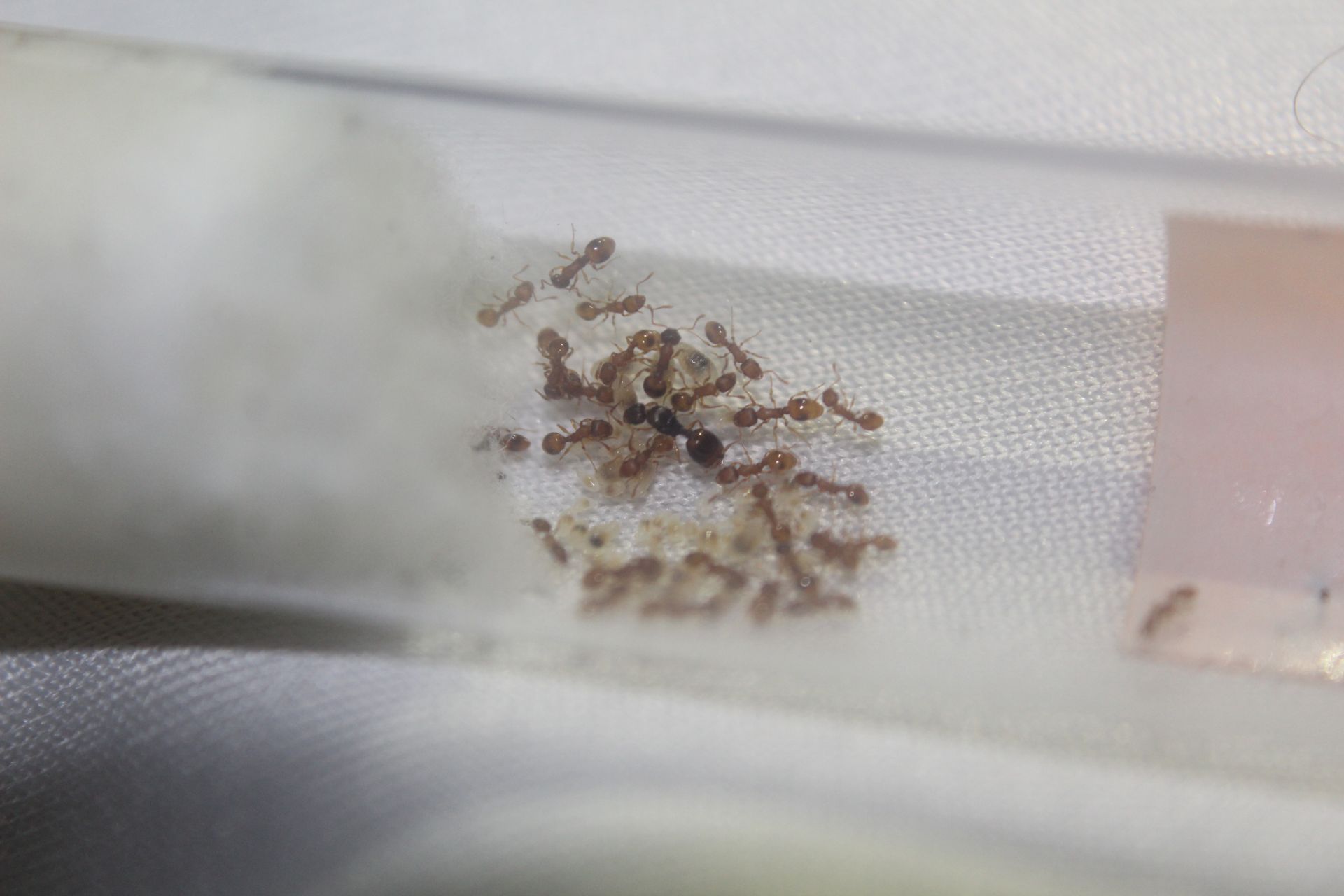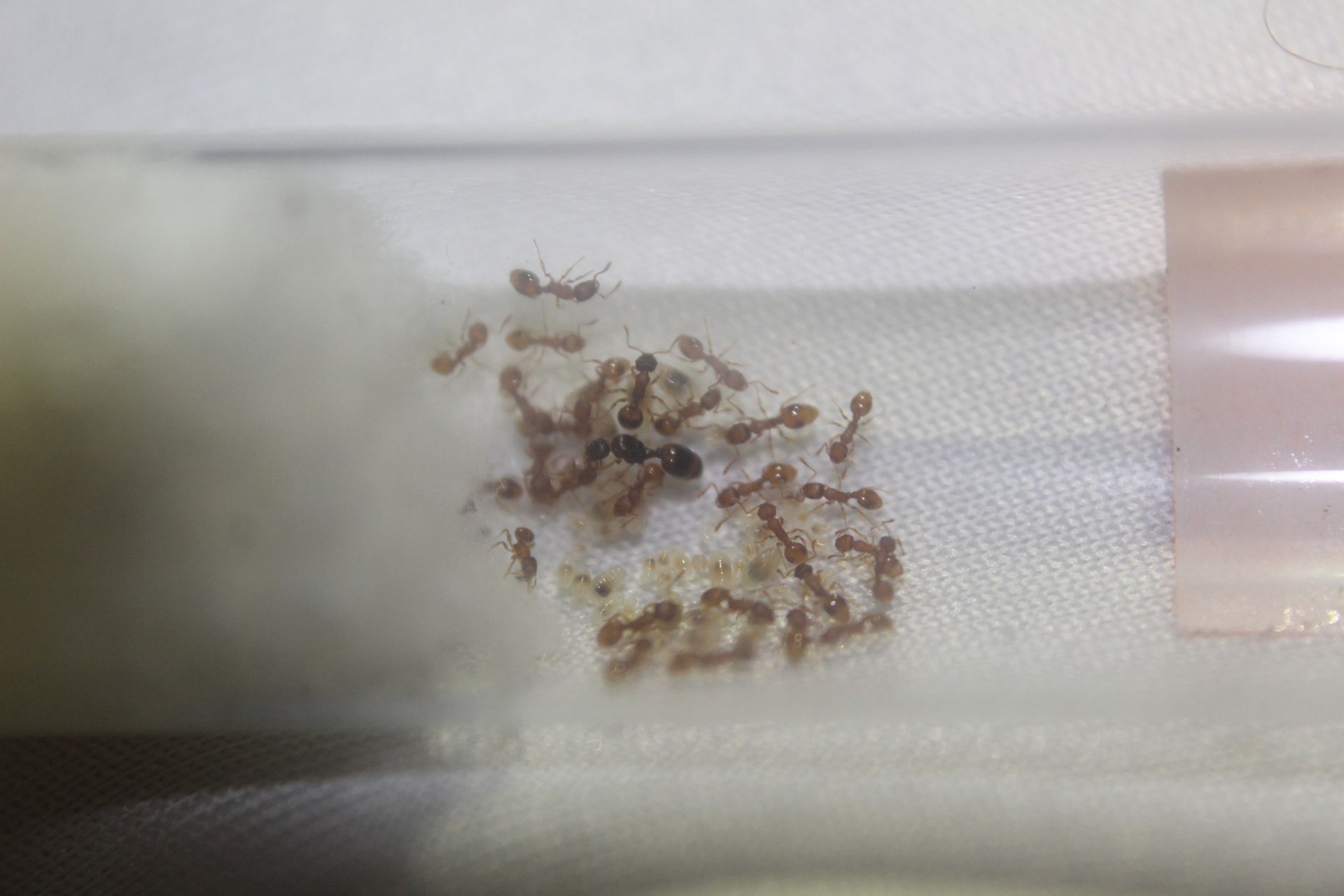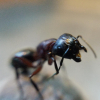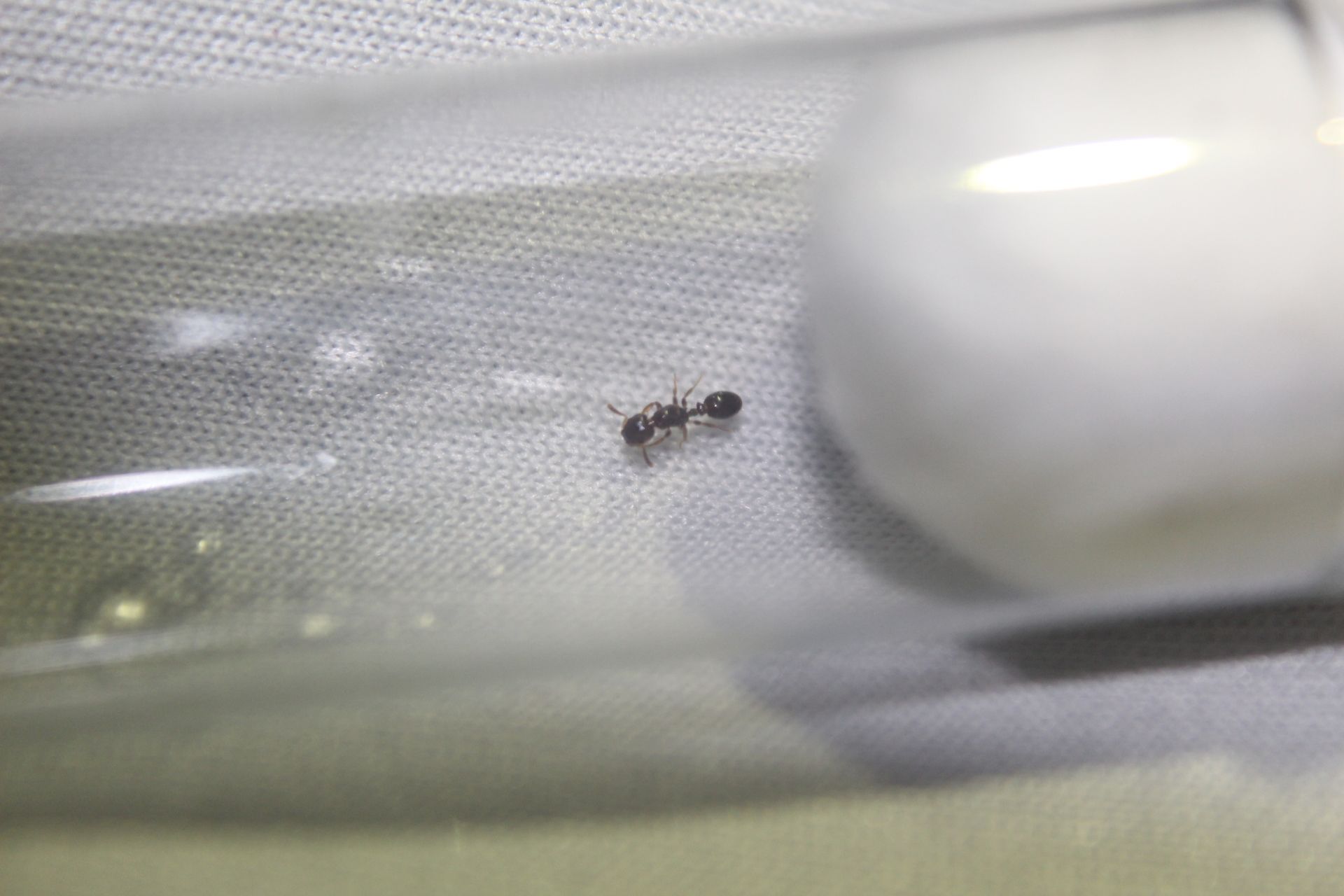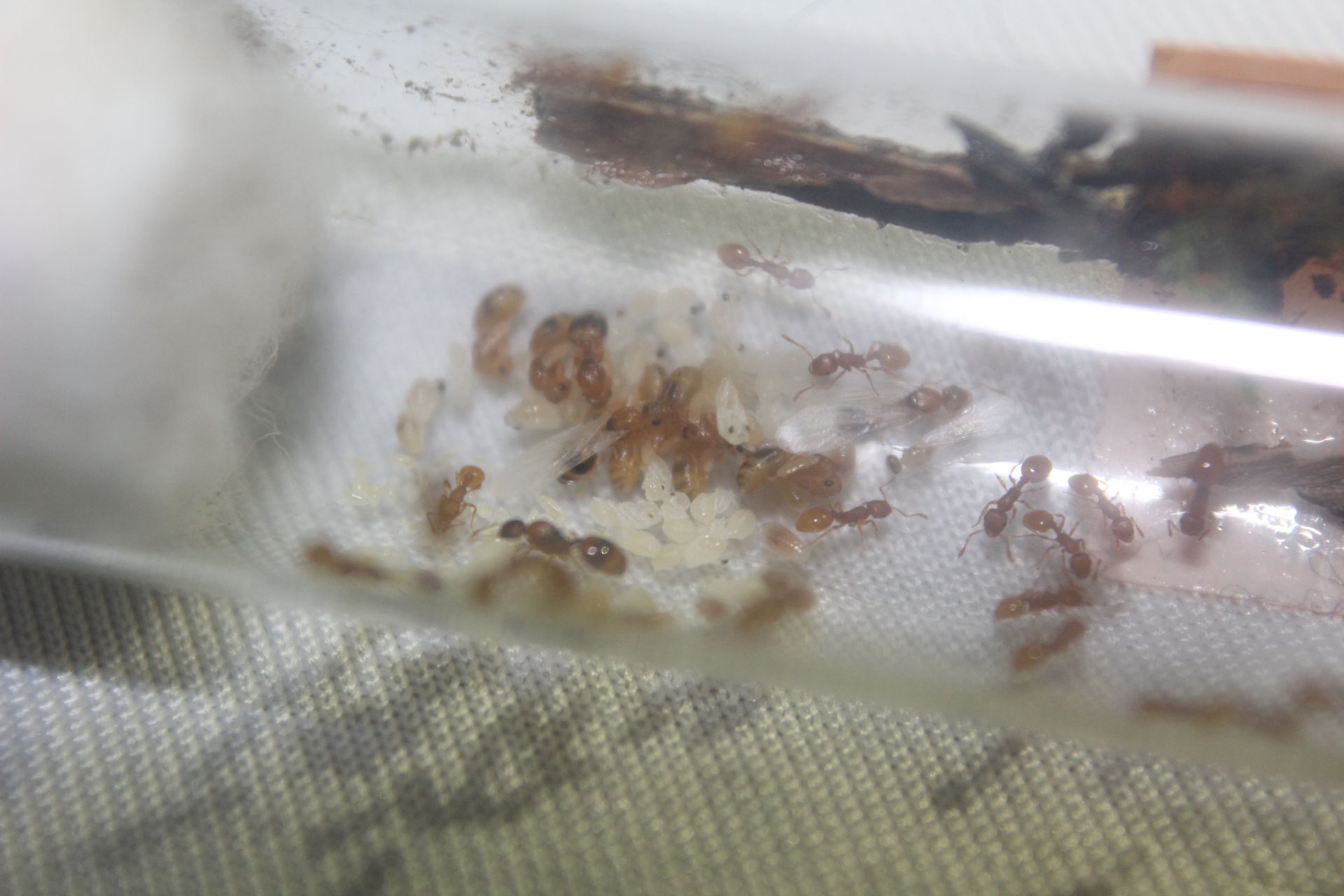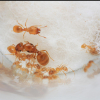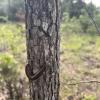5/28/20
In Late May, I caught a colony of this species after finding a worker foraging a few days prior. On May 26th, I was able to witness the slow raids of this species on a colony of Temnothorax ambiguus. This species is known to conduct raids on Temnothorax longispinosus and Temnothorax ambiguus. The forest I go to tends to have a lot of ambiguus colonies, which is necessary and ideal for this species. Before now the species was only known from Michigan and Vermont, probably due to it being a relatively newly described species and because it may look similar to a few other Temnothorax species at a moments' observation.
I collected a colony of this species in a forest mostly dominated by invasive buckthorn trees, but the twigs were beside a native tree. There are not acorns in this forest, so almost all the colonies are in twigs if they are not nesting in the soil. I snapped open a twig and noticed ants, so I dumped the twig into a tube by tapping it on the edge of the tube and blowing through it. I noticed immediately that there were orange workers, but a dark queen. A few moments later I noticed some workers that appeared to be pilagens.
I am not 100% sure that this is pilagens. None of the dulotic workers have died, and so I have not been able to put them under a microscope. It is possible that this colony is Temnothorax duloticus, but considering the proximity of the worker I caught and identified as pilagens, it is likely that the latter is correct. As soon as a worker dies, I will identify it. For the time-being, I will consider them pilagens.
I've already fed the colony a cricket and some sunburst. I'm unsure how much of the brood is pilagens, but I do know there's not usually very many pilagens workers in the average colony. If anyone has any advice or suggestions on what I should do, or knowledge of these ants, please share.
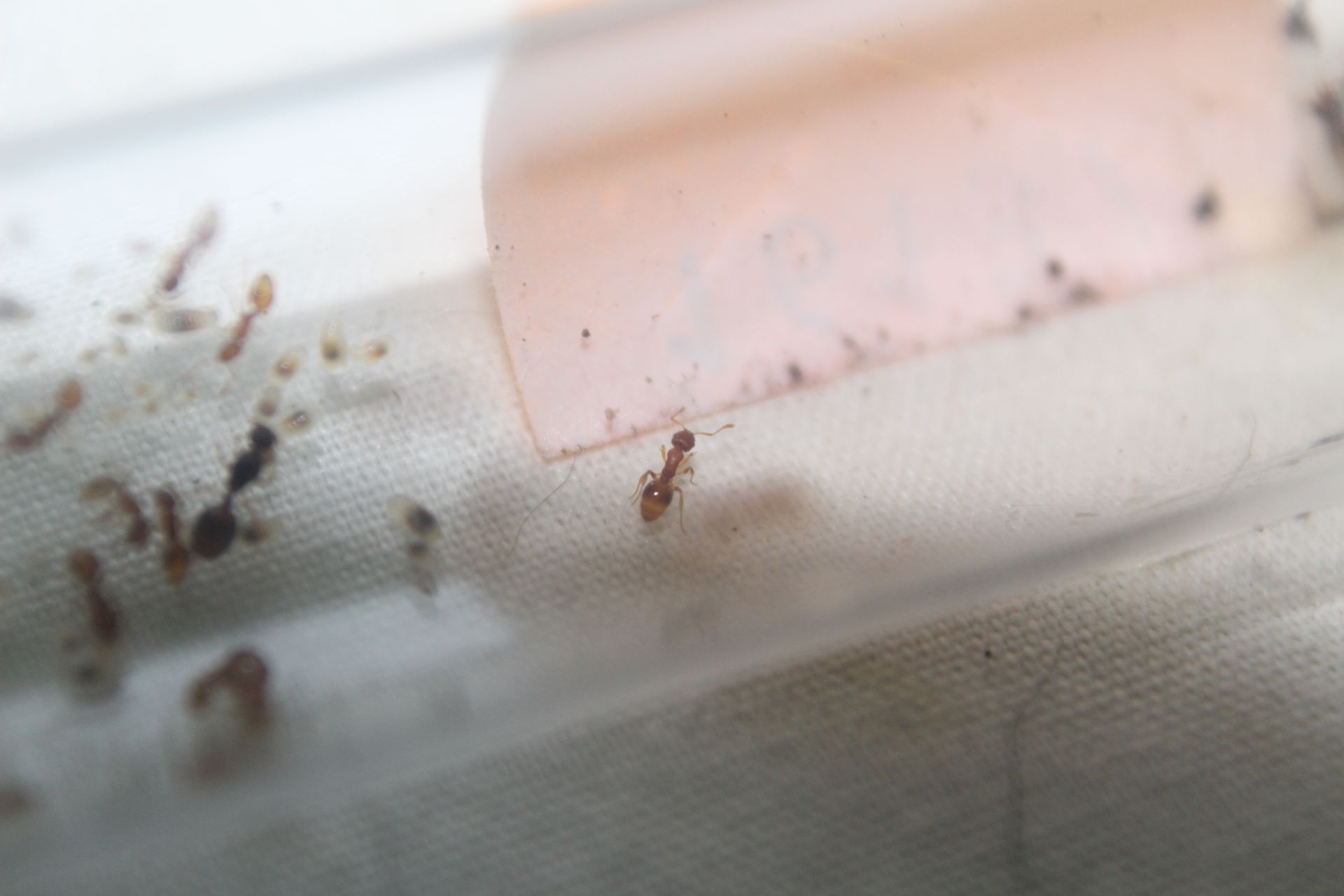
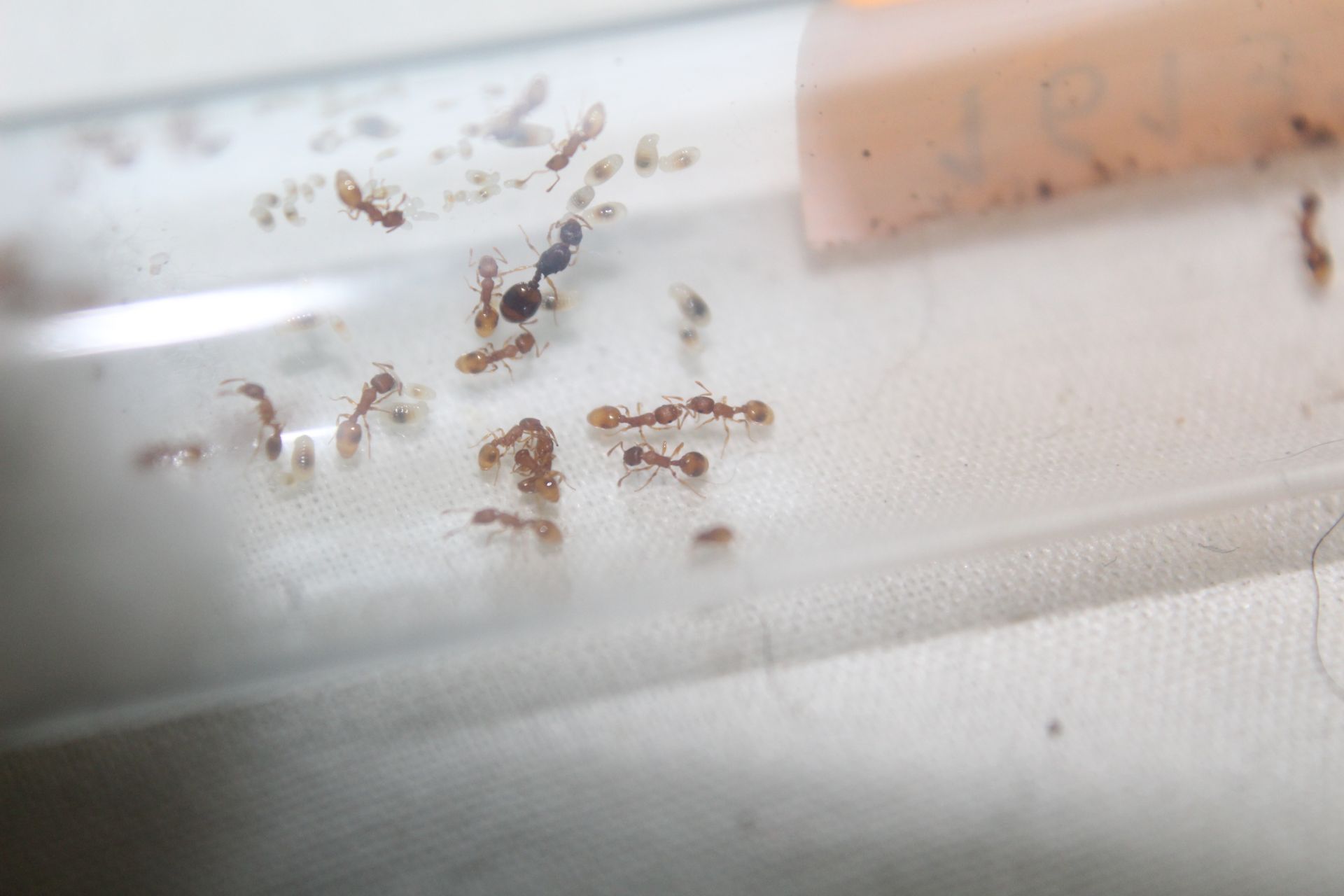
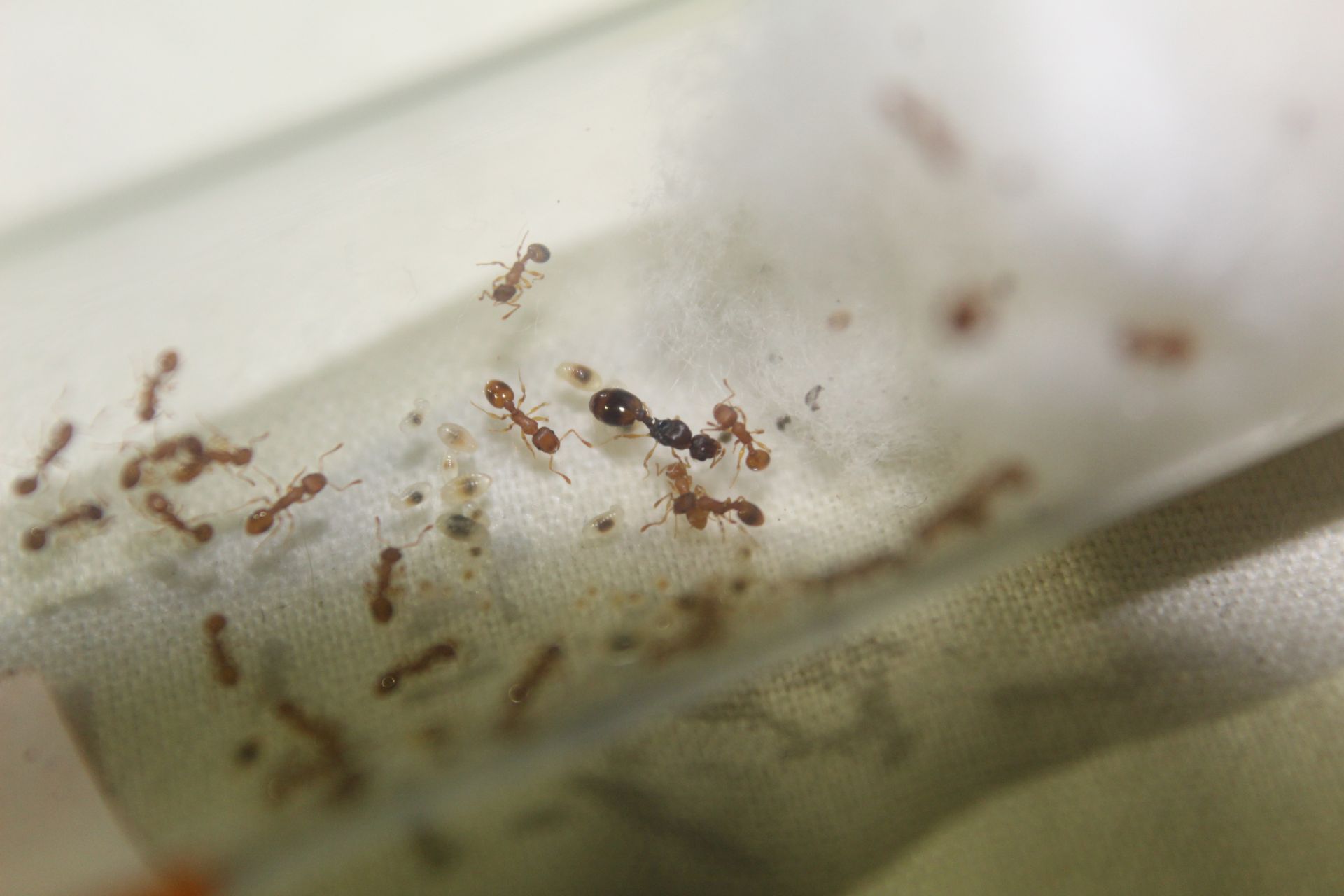
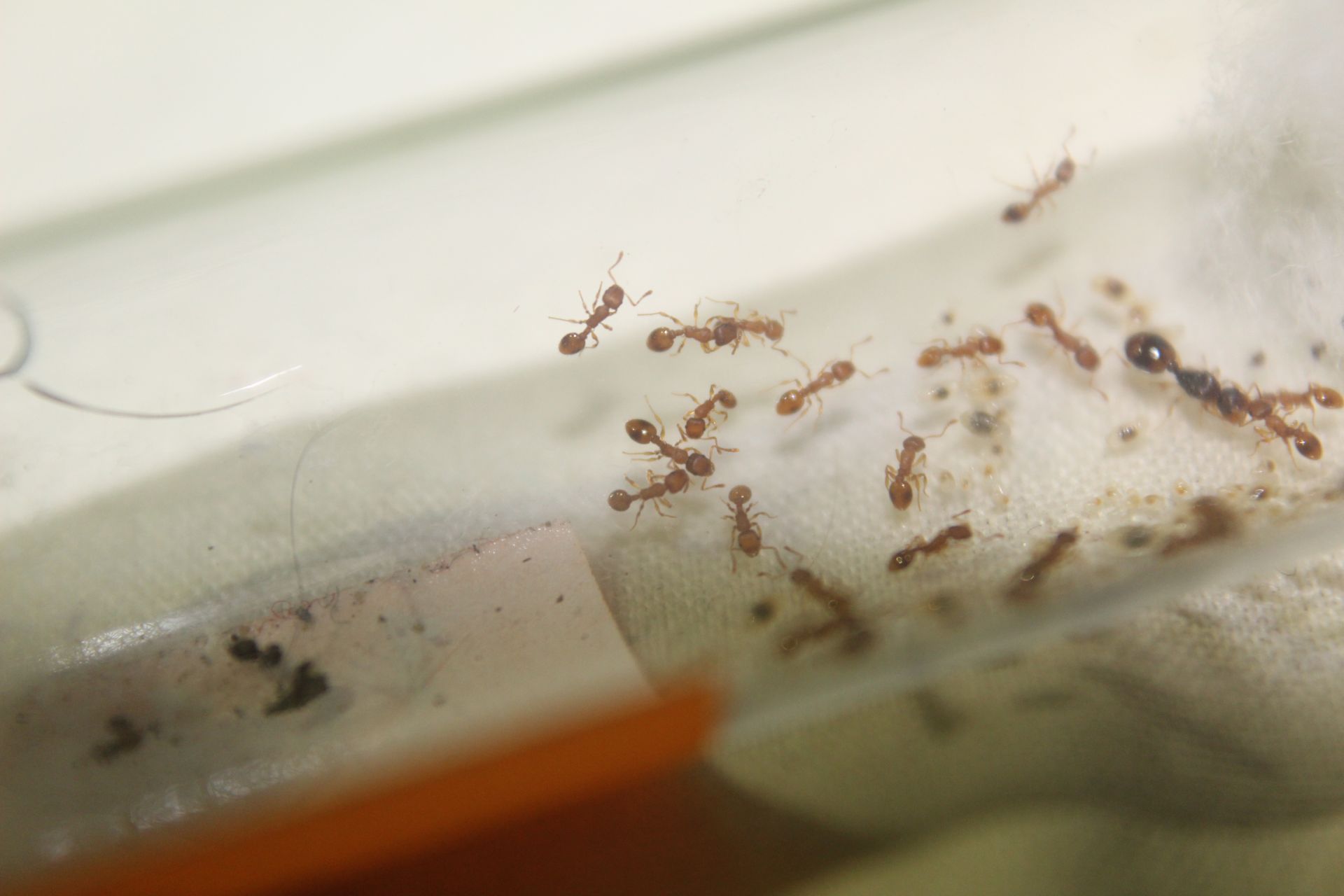
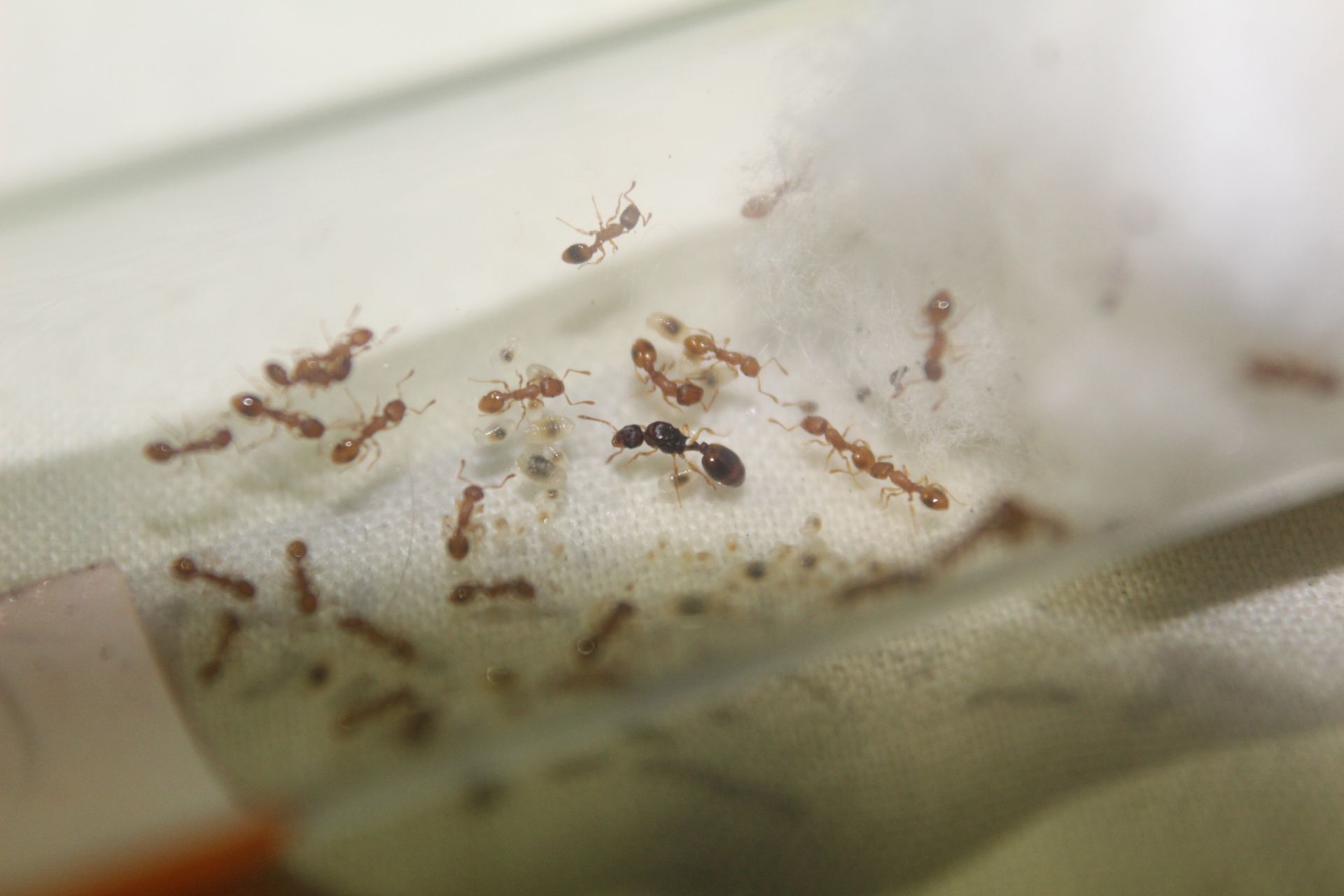
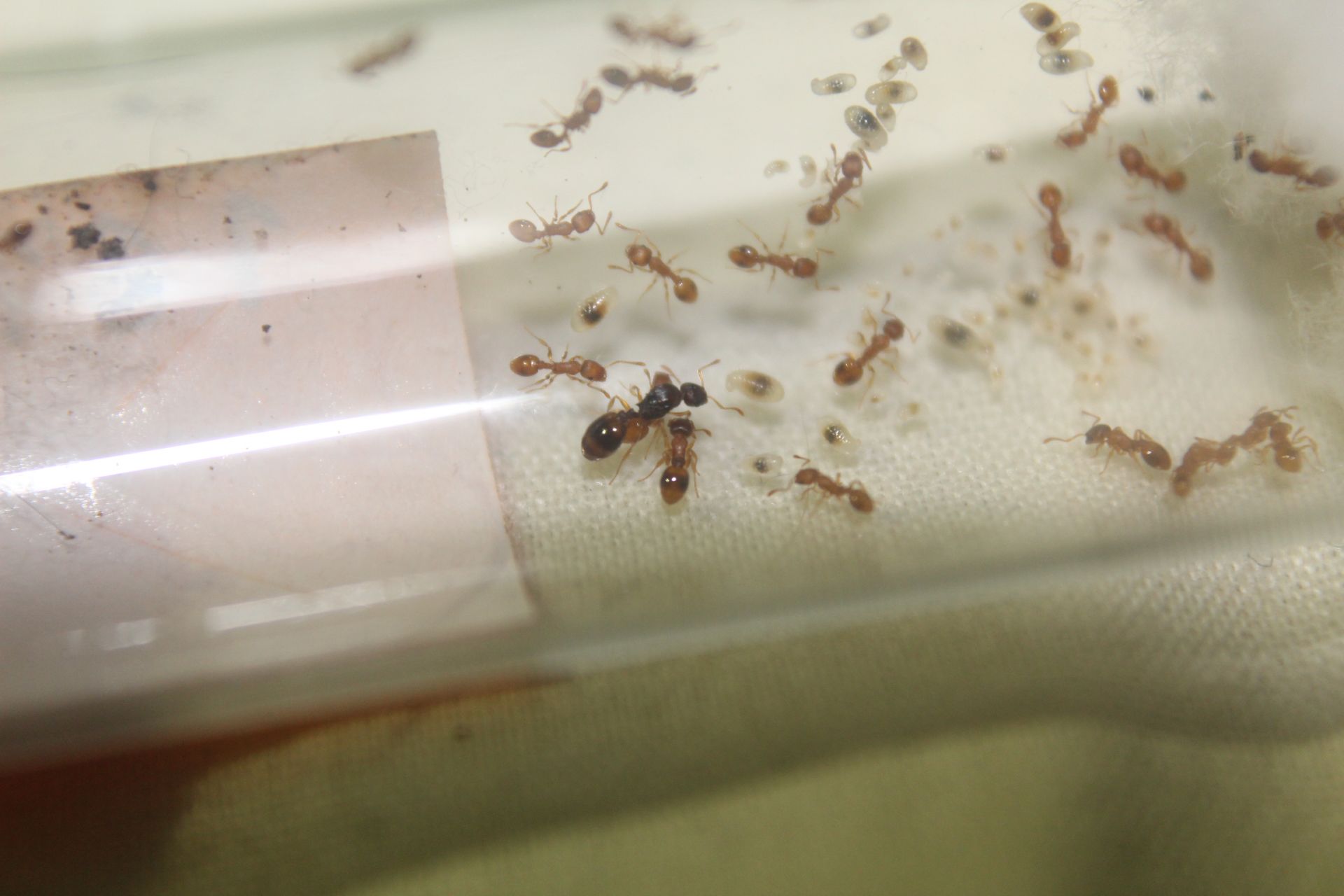
Edited by AnthonyP163, June 2 2020 - 6:54 PM.




